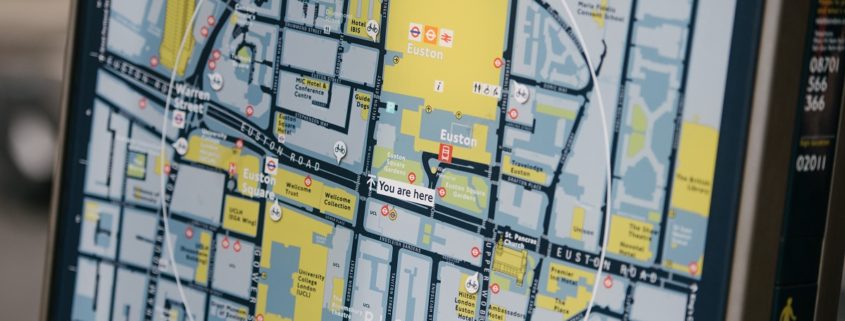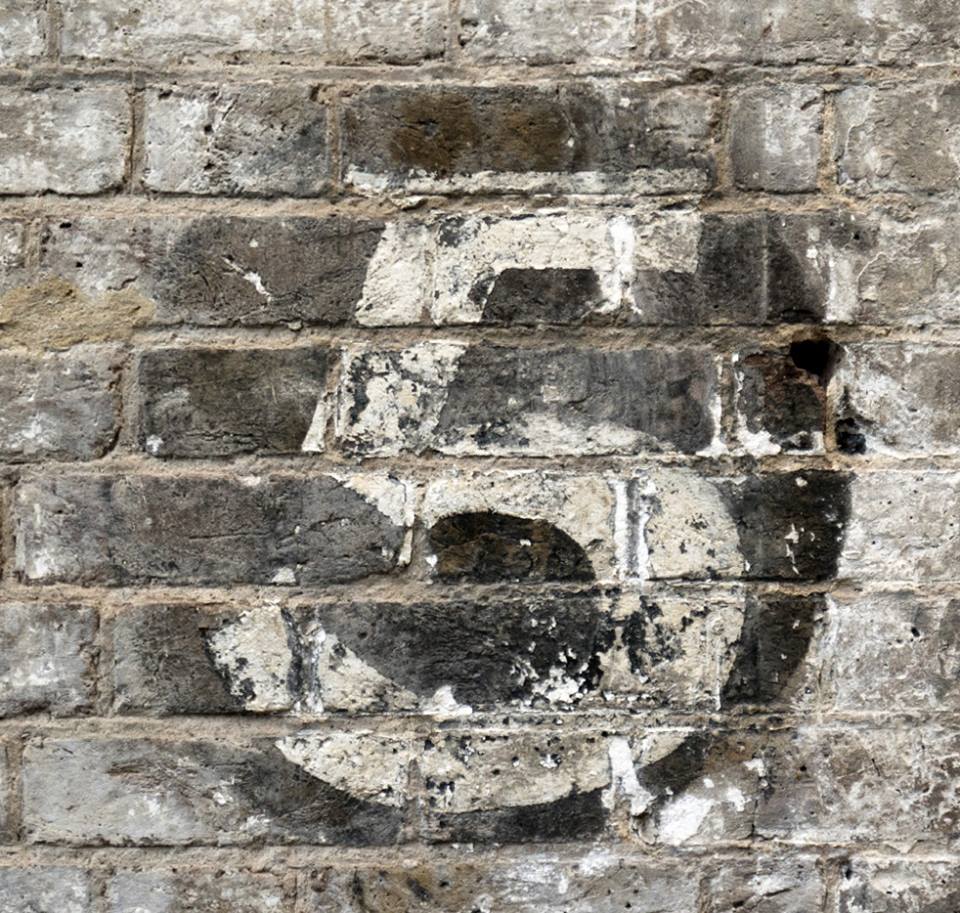5 Years On: In Conversation by Teleri Lloyd-Jones
On Friday 14 October, various King’s Cross neighbours sat down to a roundtable discussion on the area’s recent and future development to mark 5 years since Central Saint Martins’ relocation.
Mel Dodd, Programme Director of Spatial Practices, began proceedings focusing on the caretaking role of institutions in the area and asking what are the challenges of constructing “a piece of city”. Head of College Jeremy Till started the response with a celebration of the past five years which has seen various projects from performance to user-centred design that have connected Central Saint Martins to the local community. But Till reinforced the need to do more: “We have a responsibility to be more public; our building demands it of us, our students demand it of us and the current political climate demands it of us.”
Ian Freshwater of Argent, the site’s developer, outlined how far the area had come from its previous desolate state and notoriety. But Freshwater emphasised that the King’s Cross area was made, not by the buildings, but the people working and living in the local area. Roly Keating of the British Library outlined his own personal experience of King’s Cross while pointing to the concentration of knowledge-building organisations and their network in the Knowledge Quarter, of which he is chair. Councillor Georgia Gould of Camden Council highlighted the benefits of Central Saint Martins’ collaborations with the local authority via The Public Collaboration Lab.
Olly Wainwright of the Guardian, who has been critical of various London developments, argued that until planning structures changed developers’ priorities would always be profit rather than impact. Although on balance, Wainwright looked upon the King’s Cross development more favourably than other London projects.
A final and particularly compelling address was made by Sarah Elie of the Somers Town Community Association. Having listened to all the respondents, she stressed that little has changed for the residents of the local estate of Somers Town. Reflecting on the projects that Gould described, Elie said such collaborations were invaluable but were few and far between: “You’ve created your own little worlds within these institutions but they need to look beyond that. You can do this. You have the creativity within this one building and you need to create this legacy.”
Once the conversation opened to the floor, questions revolved around how to create more formal and informal exchange between the institutions and the local area. The panel responded in agreement that there’s a need for organisations to participate in daily civic life more actively and to work beyond their walls. Dodd closed the discussion emphasising culture’s role as an agent of change, pointing out that plenty had been achieved over the past five years but there was much work to be done in the next five.
Teleri Lloyd-Jones, Editorial Manager at CSM



